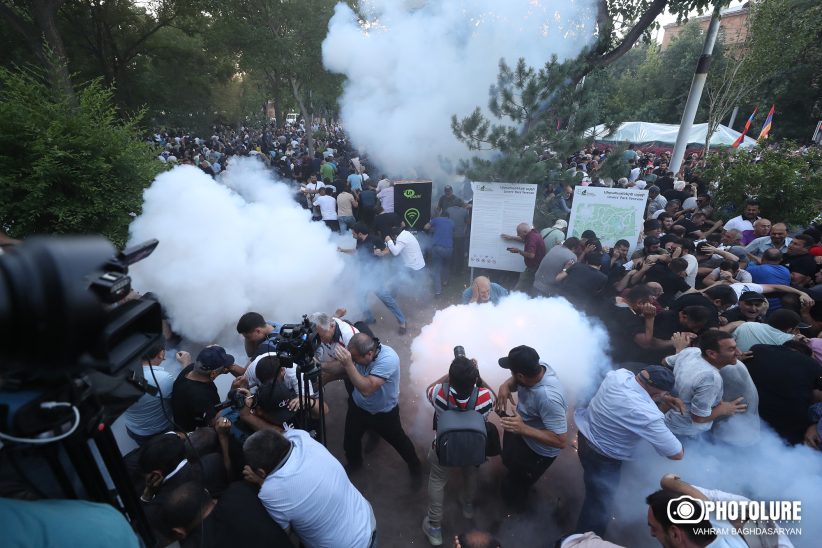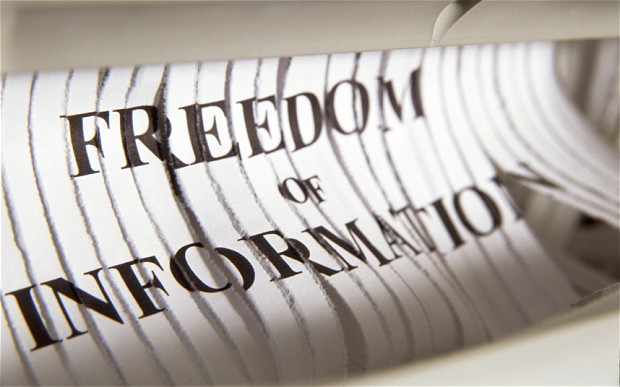The first quarter of 2020 was a tense time for journalists and the media. This was firstly due to the coverage of the constitutional referendum campaign and then to the restrictions on freedom of speech in the state of emergency due to the spread of coronavirus, which caused serious problems for the media.
Thus, by the decree of the Government of the Republic of Armenia adopted on March 16, it was forbidden to publish “panic-causing” information in the media and on social networks, and the only source of information on the topic of the coronavirus was allowed to be the Commandant’s Office, created by the Government.
Along with many other issued raised in this document, it was highly controversial which news could be considered truly “panic-causing.” Besides, it caused a lot of concern due to the fact that the decisions, leading to subjective and arbitrary prohibitions, were made by the law enforcement agencies that interfered with the activities of the media, as well as forced users of social networks to delete “unacceptable” posts.
The extremely severe restrictions imposed during the state of emergency could be accounted for the majority, namely 30 out of 50, of cases of pressure on journalists and the media in the reporting period.
The efforts of Armenian journalistic organizations and the media, as well as international organizations (particularly, the OSCE and Reporters Without Borders) led to the government’s reconsideration of the approach to restrictions and a new decision on March 25, significantly mitigating the requirements for the activities of the media and information dissemination.
However, even after the mitigation, the situation remained worrysome due to the limited access to official information on the topic of the coronavirus. Journalists’ inquiries were often left unanswered due to poor coordination. In a statement issued on March 27, 10 journalistic organizations called on the government to “immediately establish a clear procedure for providing the requested information to the media within a reasonable period of time and to appoint a body responsible for it.”
This could probably seen as another manifestation of media’s long-term and continuous dissatisfaction with the activities of press secretaries and PR departments at public agencies, which have turned the social media into the main tool for disseminating information and poorly maintain any direct contact with the editorial offices. In general, taking into account the alarm raised by the journalists, CPFE recorded 21 cases of violation of the right to receive and disseminate information during the first quarter of 2020, 6 of which happened during the state of emergency, between March 16 and 31.
During the period under review, the government and parliament undertook a number of media-related initiatives that were not always acceptable for the journalistic community. At the beginning of the year, the new draft Criminal Code designed by the Ministry of Justice was discussed widely; its Article 450 on the publication of false information on a crime establishes strict liability for the media outlet, even up to imprisonment. A number of journalistic and human rights organizations considered this change to be a warning to the media and a threat to journalists’ information sources.
Earlier, on another initiative, the Ministry of Justice proposed amendments to the Law on Television and Radio in order to reserve the right to broadcast commercials on the state-funded Public Television. And although 10 journalistic organizations released a joint statement, calling these changes unacceptable, it did not prevent the Government from approving the bill, and on March 25 the National Assembly adopted it in the first reading.
And yet, the legislation regulating the broadcasting sector needs radical reform. The new draft law On Television and Radio developed by the CPFE and partner organizations and submitted to the National Assembly was never officially circulated. And the parliamentary hearings held on January 16 to discuss problematic issues in the sector did not provide any clear answers as to what the conceptual approaches and principles of the new regulations should be.
The processes of making additions and amendments to the Law on Media cause a lot of concerns, too. Different factions at the National Assembly are engaged in it, a working group has been formed which CPFE has proposed a bill to, but all these actions are not systemic in nature, hence the process has been ineffective so far.
Discussions on criminalizing hate speech are being held at the National Assembly working group. On March 5, the National Assembly adopted other legislative amendments aimed at criminalizing public calls for violence, justifying or propagating violence in public.
No cases of physical violence against journalists were reported during the first quarter. The number of lawsuits involving journalists and the media has decreased, too. 14 new lawsuits were filed, which is twice fewer than in the same period last year. By the way, 12 of the lawsuits filed during this quarter are on the grounds of insult and defamation under Article 1087.1 of the Civil Code, and 2 are on a labor dispute.








